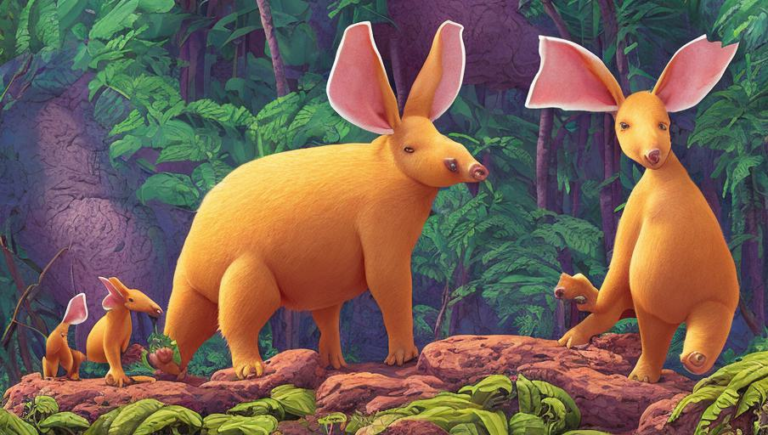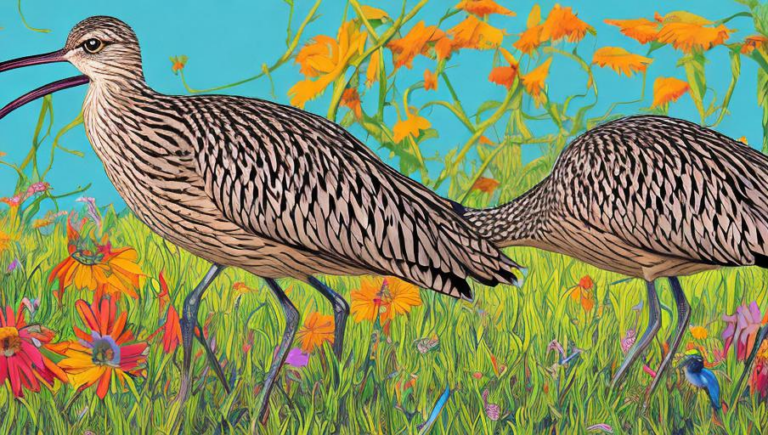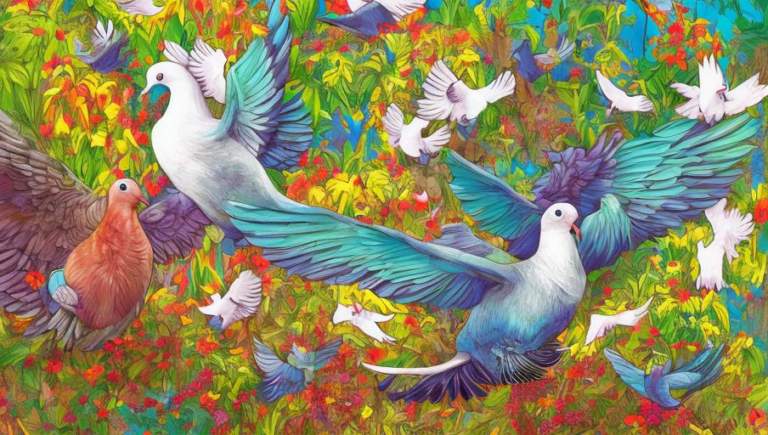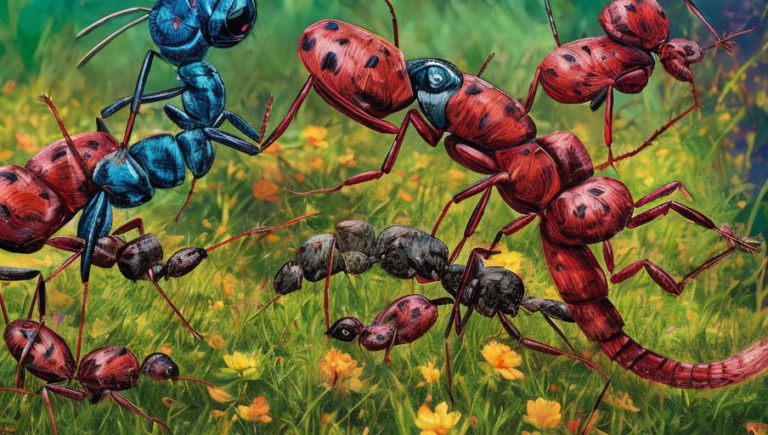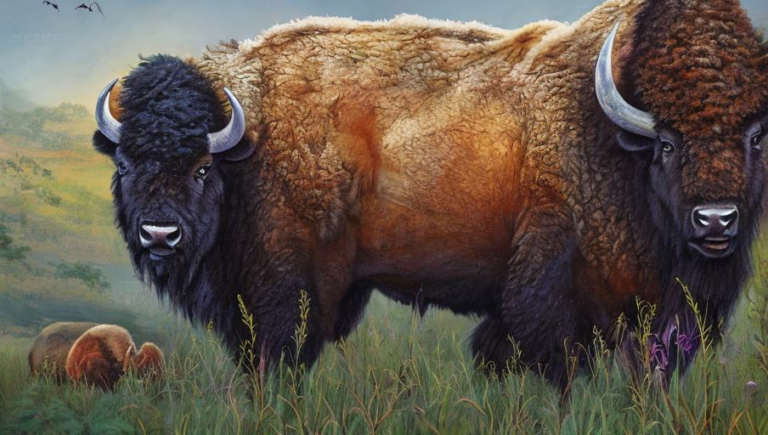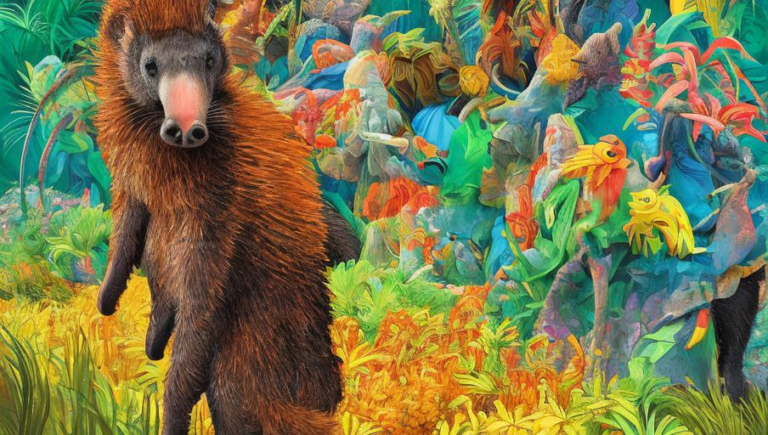Unearthing the History of the Cassowary
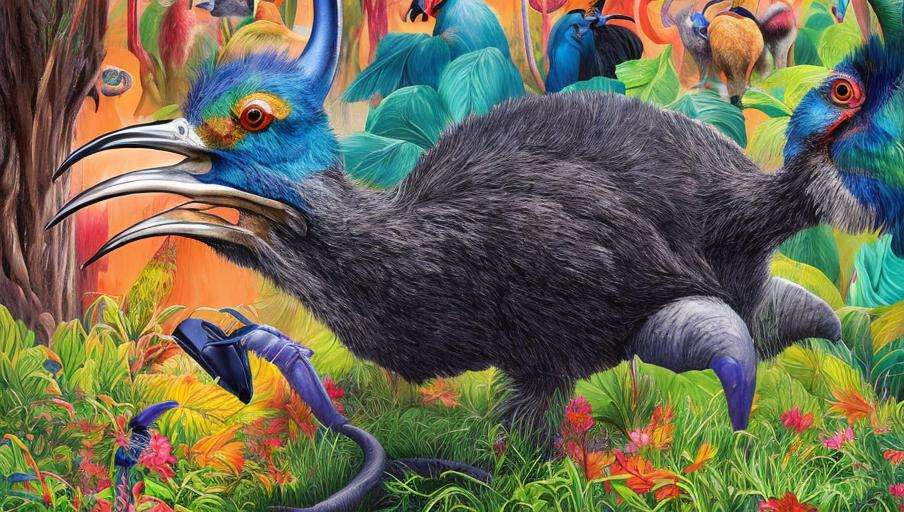
The Fascinating Cassowary
The cassowary is a large flightless bird native to the tropical forests of Australia, New Guinea, and nearby islands. They are the second heaviest bird in the world, with some being as large as 1.5 meters tall and weighing up to 77 kilograms. Cassowaries have a distinctive appearance, with a bright blue and black plumage, a bright red wattle on their heads, and long, sharp claws on their feet.
Cassowaries are omnivores, meaning they eat both plants and animals. They feed on fruits, seeds, beetles, spiders, snails, and other small animals. They also play an important role in the environment by dispersing seeds and aiding in the pollination of flowers and other plants.
Ancient History
The cassowary has been around for thousands of years, with archaeological evidence suggesting they were present in Australia at least 10,000 years ago. They have been mentioned in ancient Aboriginal folklore and have been featured in artwork dating back to the 16th century. The first scientific description of the species was made by naturalist George Shaw in 1792.
The cassowary has long been an important part of Aboriginal culture, with the bird featuring in religious ceremonies and artwork. To this day, the cassowary is still seen as a sacred animal by some Aboriginal communities.
Threats to the Cassowary
Unfortunately, the cassowary is now listed as a vulnerable species by the International Union for Conservation of Nature and Natural Resources (IUCN). This is due to a number of factors, including habitat loss and fragmentation, hunting, and the introduction of predators such as cats, dogs, and pigs. The cassowary is also in danger of being hit by cars as they cross roads, as well as being killed by humans who view them as a threat.
In order to protect the cassowary, conservation efforts are being made to protect their habitat and to reduce the number of predators in their environment. Additionally, programs are being put in place to educate people about the importance of the cassowary and the dangers they face.
Conclusion
The cassowary is an incredible species with a long and fascinating history. They are an important part of the ecosystem and are a species that needs to be protected. By increasing awareness and conservation efforts, we can ensure that the cassowary will be around for many years to come.
